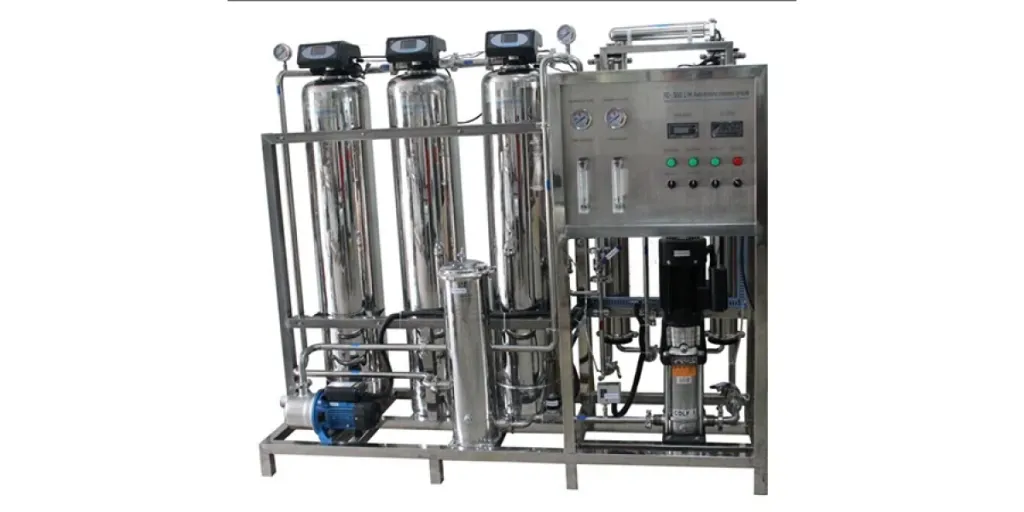With all the advancements in technology, applying it to water treatment is essential. There is no doubt that the quality of water derived would be exceptional. Especially in this era where water is scarce from natural resources due to global warming and poor maintenance of natural habitats, water treatment should be done with the best technology. This article will focus on the types of water treatment machines, their growth potential, and current market trend. It’ll also highlight essential factors to consider when buying water treatment machines.
Table of Contents
Water treatment machinery: market share and demand
Important tips to consider when buying water treatment machinery
Types of water treatment machinery
Target market for water treatment machinery
Water treatment machinery: market share and demand
The current market share of water treatment machinery is $24.6 billion. Among the emerging trends are the treatment of water acquired from desalination and the reuse of water, which can increase the number of people who have access to clean water. 1.2 billion people at the moment are unable to access clean water globally. Another 1.6 billion deal with the shortage in economical support for accessing water. The swelling global population has led to the development of several technologies to quench the global thirst.
Important tips to consider when buying water treatment machinery
Water quality problem
The quality of water should be investigated before purchasing water treatment machinery. This is done in a certified water testing laboratory. The tests can include bacteria tests, lead tests, and manganese/iron tests. A specialized water treatment machine can be acquired based on the information of that water.
Suitable solution to the problem at hand
Once the water problem is fully identified, it is critical to match it with the appropriate solution. This then helps businesses to identify their most preferred water treatment machine. For example, corrosive water, copper lead, and pinhole leaks can be treated by acid neutralization, while sulfates, nitrates, and arsenic can be treated by anion exchange.
Cost of water treatment machinery
The cost of water treatment is dependent on the pretreatment requirements, installation, and unit of treatment. Accessories such as filters can cost less than $20, while reverse osmosis and distillation units cost between $300 and $2000. An ultraviolet light disinfection system with a light intensity sensor costs between $400 and $1000.
Hard sale techniques
Outstanding salespeople may be experts at using hard sale techniques and making quick sales. This can disadvantage a new buyer because it blindsides them against making a sound decision. Businesses should avoid salespeople who are quick to make a sale without understanding the buyer’s needs.
Maintenance requirements
Before purchasing water treatment machinery, businesses should be aware of the maintenance costs as they may be as high as the cost of purchasing. Regular maintenance will be essential to consider if the equipment is to serve its purpose effectively and for long.
Industrial or home use
Water treatment machinery for industrial use will have a larger capacity of between 2,000 – 50,000 liters per day and occupy up to 100 m2. In addition to this, it’ll use more recent technology such as ultraviolet light disinfection systems. Home water treatment machinery will have a capacity of between 200 and 1000 liters per day. Businesses can choose the most suitable machines based on the intended use.
Operation capacity
The operation capacity refers to the number of liters purified per hour. Depending on the volume of the business, there are industrial water treatment machines that can process over 3000 LPH. These are suitable for large businesses. Other businesses can opt for machines with a capacity of 250 LPH.
Types of water treatment machinery
Reverse osmosis systems
Reverse osmosis systems sift out particles that are 0.01 micrometers or larger.
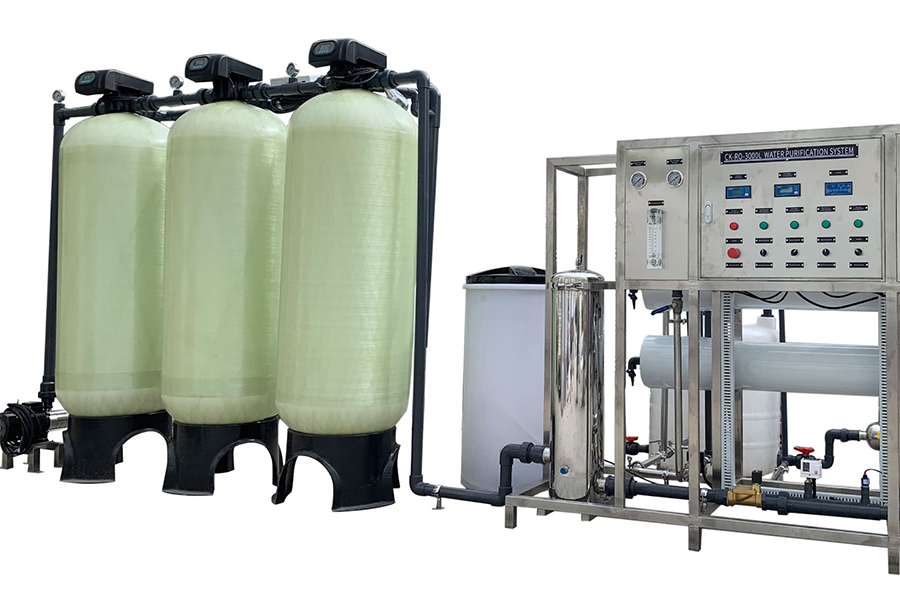
Features:
- It relies on high-pressure pumps.
- Water at high pressure is pushed through a semi-permeable membrane, leaving cleaner, better-tasting water.
Pros:
- It’s safe and environmentally friendly.
- It filters off most of the contaminants.
- It provides better water for cooking.
Cons:
- It wastes a lot of water.
- There is a noticeable pressure drop.
- The wastewater requires proper disposal.
Vacuum evaporation and distillation
Vacuum evaporation and distillation involve lowering the pressure in the column above the solvent to create a vacuum and allow the elements with low pressure to evaporate.
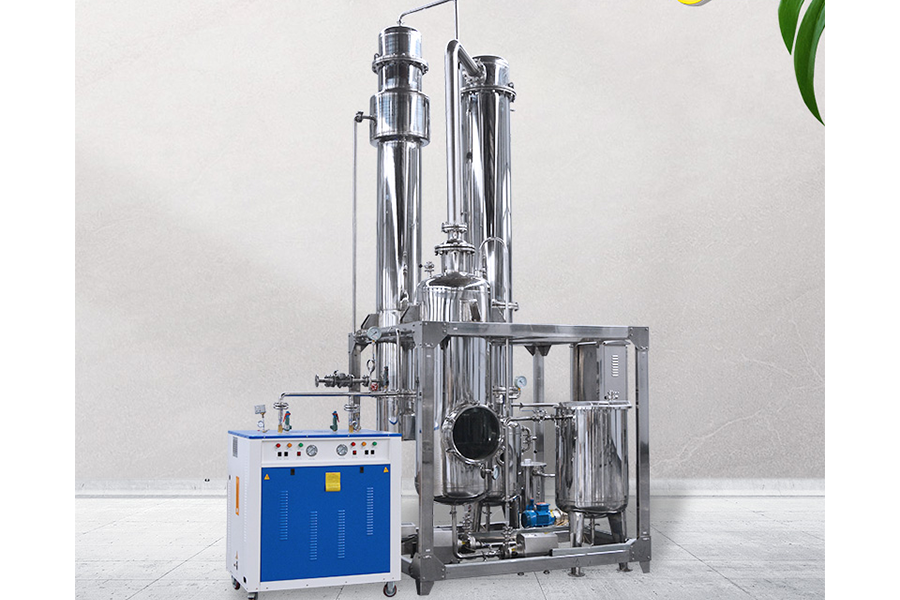
Features:
- The process is dependent on the boiling temperature of the water on air pressure.
- Vacuum evaporation is used to increase the concentration of substances dissolved in water.
Pros:
- Low energy consumption.
- High quality of the distillate.
- It’s easy to maintain and integrate with existing systems.
- It can work automatically.
Cons:
- Temperature fluctuations could affect the rate of evaporation.
- Harmful chemical reactions can take place.
- Low vapor pressure lowers the flow rate of the vapor.
Ultrafiltration systems
Ultrafiltration uses one membrane filtration to remove bacteria, viruses, colloids, and other contaminants from water.
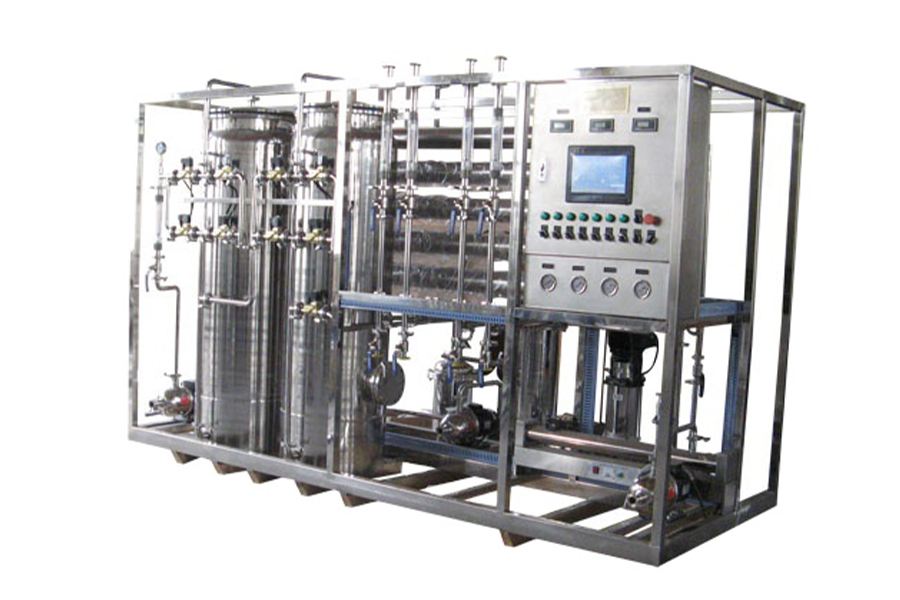
Features:
- Pore sizes range from 0.02 to 0.05 microns.
- The purification process is characterized by the high removal of colloids, bacteria, and viruses.
Pros:
- Low energy consumption compared to reverse osmosis and nanofiltration.
- It is relatively cheap.
- The removal of bacteria does disinfection.
- Water with the best quality is produced with the least amount of energy.
Cons:
- It can’t remove dissolved inorganics.
- It can’t be used to desalt water.
Solid bowl centrifuges
A solid bowl centrifuge uses centrifugal force to separate various components in a solvent.
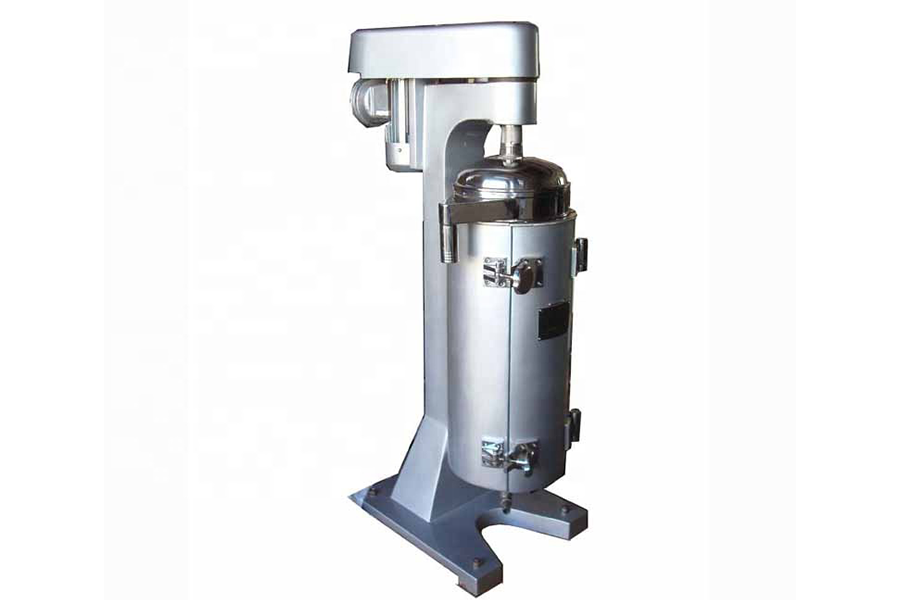
Features:
- It has a rotating assembly comprising a horizontal centrifuge rotor and scroll conveyor.
- The fluid is rotated at high speed to bring about a separation.
Pros:
- Centrifugation tubes are easily sterilized and decontaminated.
- It is a more effective way than diafiltration and ion exchange.
Cons:
- It has a limited sample capacity of the centrifuge.
- Solids may build up, causing a decrease in clarification deficiency.
Paper bed filters
Paper bed filters utilize gravity and use permanent or disposable paper media to filter water.
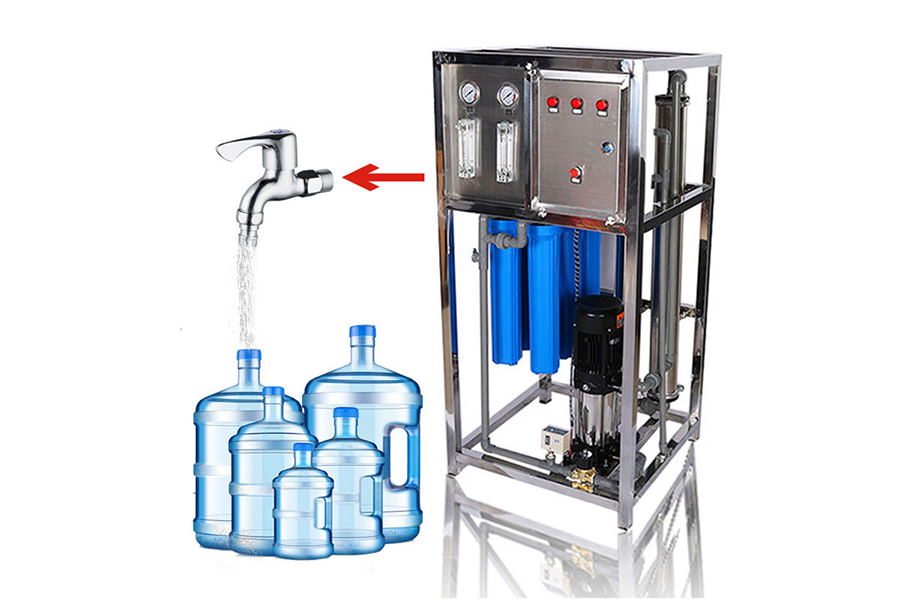
Features:
- They remove solids from all industrial free-flowing fluids.
- The pores of the barrier may be 40 microns or less.
Pros:
- They are cheap to acquire and maintain.
- They are relatively easy to use.
Cons:
- The replacement of clogged filters may be costly over time.
- Water waste requires proper disposal to prevent environmental hazards.
Vacuum filters
Vacuum filters are used for vacuum filtration in the laboratory. This system uses a suction pump to overcome the resistance on the membrane.
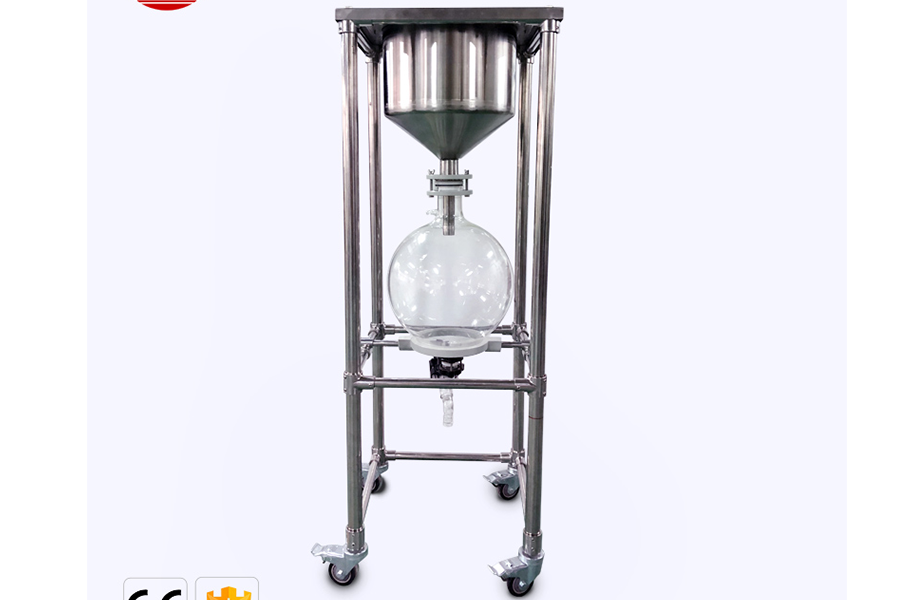
Features:
- It has a vacuum filter pump to suck in air.
- The filter cup is used to hold the filtered liquid.
- It has an automatic liquid suction cup cover to cover the solvent after filtration.
Pros:
- It’s a continuous disk filtration.
- Various construction elements can be used.
- It’s easy to control filter parameters such as filter cake thickness.
Cons:
- There is high residual moisture infiltrating the cake.
- The structure is not airtight.
Tramp oil separators
Tramp oil separators remove free-floating and mechanically dispersed tramp oils, emulsions, slime, and bacteria.
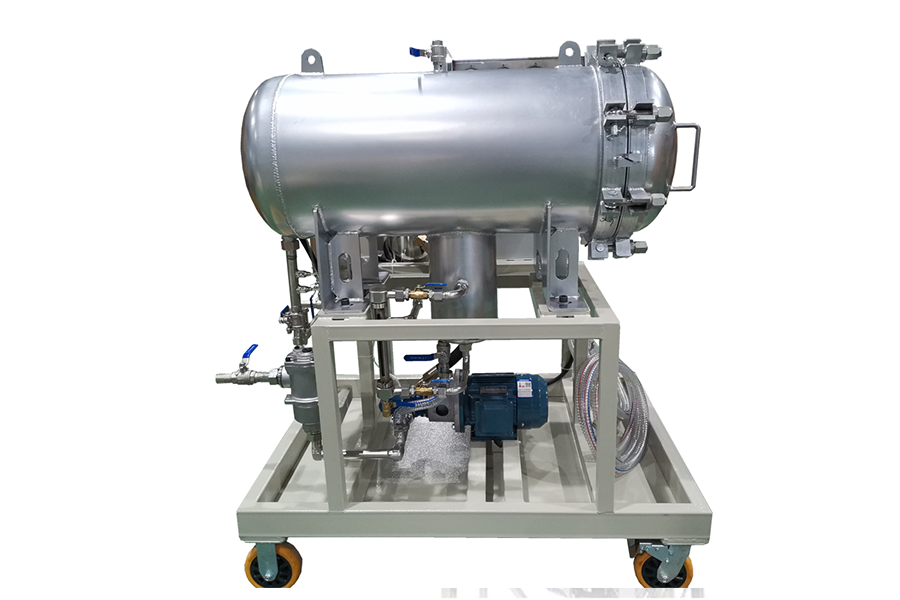
Features:
- They optimize the air cleanliness where they are used.
- They work well with coolants.
Pros:
- They reduce the hazardous disposal of waste.
- They require little to no maintenance.
- They can be recycled.
Cons:
- They can get clogged quickly.
- They don’t work well with rough water because the wave action will allow more water than oil.
Target market for water treatment machinery
Water treatment machinery is expected to grow at a CAGR of 6.2% over the next five years to $33.2 billion. The Asia Pacific region is the largest consumer of water treatment machinery and is expected to maintain its position. The rising population and increased awareness of consuming safe water will ensure that it maintains the lead.
Conclusion
This article will help in picking suitable industrial water treatment machinery. There is no doubt that it’s easy to get confused about what to choose. We also covered the factors to be considered when shopping for industrial water treatment machinery and the projected growth in different regions. Head to the water treatment machinery section of Alibaba.com for more detailed information on them.
